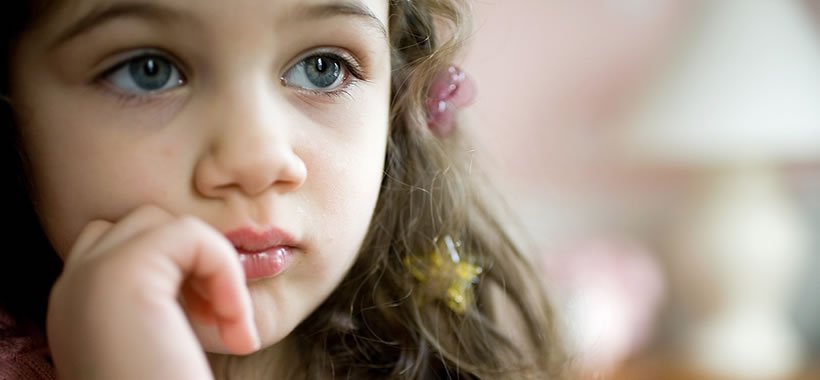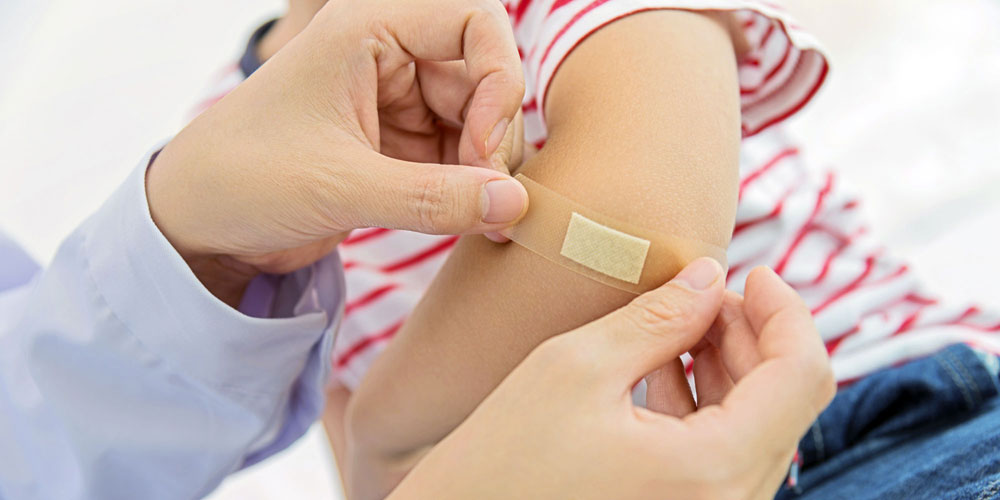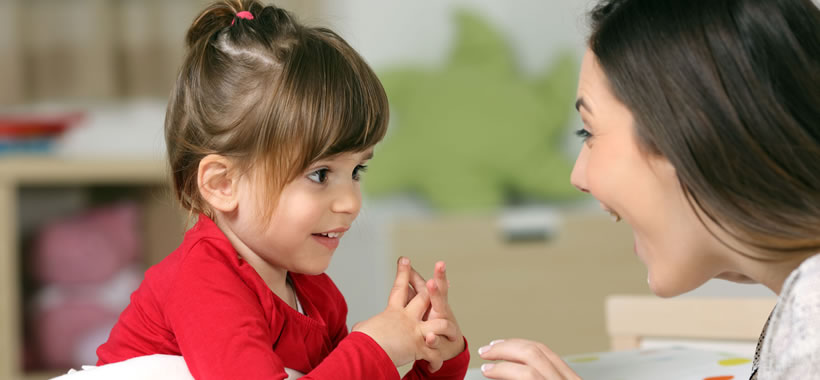More and more children are diagnosed with autism. Many are said to suffer from Asperger’s syndrome in particular. Why the numbers are increasing, what symptoms are appearing and which therapies are helping

Autistic children usually find it difficult to share in the feelings of others
They are usually hard to find friends, prefer to be alone, are more interested in technical things than people: Autistic people unfortunately suffer from a disruption of social interaction and communication as well as rigid behaviors. Children are increasingly being diagnosed with a certain form of the disease, Asperger’s autism. Why is that? And when is a child just a loner, when is it autistic?
"As with many diseases, individual symptoms of autism are normally distributed among the population", says Professor Fritz Poustka, autism researcher and former director of the Clinic for Psychiatry and Psychotherapy of Childhood and Adolescence at the Frankfurt University Hospital. "However, it is only a disorder that requires treatment if the person concerned cannot cope with it at all in daily life."
Other signs of autism include:
- Autistic people avoid eye and body contact.
- Even slight deviations from everyday life can upset you.
- They always repeat the same movements and words.
- Autistic people often do not listen to their own names and ignore human voices rather than sounds.
- When playing, they cannot pretend – that is, they find it difficult to do role-playing.
- Even as small children, they do not point to things and do not try to draw an accompanying person’s attention to them at the same time.
- They don’t let other people’s feelings infect them – for example, when everyone is happy for them on their birthday.
In the future, there will be a division into severity levels
These symptoms can occur in different degrees of severity. So far however, there was no uniform classification for this. The only distinction was made between different forms – the most important are early childhood autism and Asperger’s syndrome. Early childhood autism usually begins in the first three years of life and goes with clear developmental delays along, especially linguistic. He is often related to a mental handicap.
Asperger’s autism usually does not leave behind any linguistic or cognitive development. Those affected are on average to above-average intelligent. With both forms, which belong to the so-called profound developmental disorders, comorbidities can occur. Fears are the most common, especially social phobias, and concentration disorders are almost as common. Epilepsy often occurs in mentally disabled people.
In practice, the division into the two forms is no longer sufficient. "The name Asperger will therefore no longer exist in the future", says Poustka. "In the new classification, this is now called Autism Spectrum Disorder. This includes all forms of autism." Instead, a distinction should be made between different degrees of severity.
More and more children are affected?
Poustka sees no problem that Asperger’s diagnoses have been increasing for some time. His explanation: Until the 1970s, only early childhood autism was known as a clinical picture. At that time there were four to five autistic people for every 10,000 people. Asperger’s autism was discovered in the English-speaking world in the 1980s, increasing the number of cases. In addition, the diagnostic options were getting better and better. In the meantime, the number of cases has risen to 1 to 1.5 percent. "This is positive for those affected", says Poustka. "In the past, they were often considered schizophrenic and were not given adequate treatment."
Diagnostic methods are constantly being improved
The refined diagnostic tools make it possible to recognize signs of the disorder earlier and earlier. "However, autism can only be diagnosed very rarely under two and a half years", says Poustka. "It usually manifests itself clearly at the age of five." Even then, however, it is not always recognized immediately. It is often only abnormalities at school that lead to the diagnosis. The signs are usually impaired language development and problems in dealing with other children. "Unfortunately, many doctors do not recognize the symptoms because they are not yet sufficiently sensitized", says Poustka. "This is slowly getting better, but we want to promote early diagnosis even more." There are now also examination instruments that enable improved early diagnosis, for example a module for small children in the diagnostic observation scale for autistic disorders – 2 (ADOS 2), which can provide strong indications for an autism spectrum disorder in children from the 12th month of life.
Exercise everyday situations with behavioral therapy
There is no drug treatment for autism. The doctor can only prescribe medication for some comorbidities such as anxiety or epilepsy. Otherwise, behavioral therapy helps: In special exercises, those affected train, for example, how best to contact and communicate with other people, how they should behave in groups and what is socially appropriate.
"You get the impression that the interpersonal feelings are there, but they develop slowly and with difficulty", says Poustka. "It takes an infinitely long time for autistic people to empathize with others." Especially when several people are talking to each other, those affected can find it difficult to grasp the mood in the group and therefore have a poor understanding of which behavior is appropriate. That is why they also train to interpret facial expressions. "It often still looks like it was read", says Poustka. "But they are getting on better and better over time."
Various organizations offer courses for parents of autistic children. An example are the Autism Therapy Centers of Autism Germany e.V. However, the health insurance companies generally do not pay for the courses. "It is also our goal to have trained supervisors in kindergartens who can support affected children individually where necessary", says Poustka. "The children could then normally spend the rest of the time in the group."
The causes lie in the genes
But how does the disturbance arise?? "Older numbers suggest that around 90 percent of cases are inherited. Ten percent of these are new genetic mutations", says Poustka. In both cases there is "the" exclusive autism gene not – many different genes interact to cause the disease. Recent twin studies assume a somewhat weaker genetic cause: Environmental factors – biological as well as social – could also influence the development of the disease.
Siblings of an autistic person are also affected by the disease with a probability of up to ten percent. The children of healthy siblings then no longer have an increased risk. If autism occurs in combination with a mental disability, its inheritance is also related to the inheritance of the corresponding disability. How high the risk for a couple to have an autistic child, however, cannot be determined before or during pregnancy, according to Poustka.
RELATED ITEMS
-

Which houseplants are poisonous? Baby and family
They are not only beautiful, but sometimes also poisonous or prickly: houseplants. What parents should consider when choosing to have their child…
-

Child snores – what to do? Baby and family
Not only adults snore. Even small children can saw like world champions. What is behind it – and when it gets dangerous That parents…
-

What to do if my child stutters? Baby and family
If the child is older than six years and his speech flow is interrupted remarkably often, experts speak of stuttering. How children and parents learn with…
-

What if the child doesn’t want to go to daycare? Baby and family
Yesterday the child happily went to crèche or kindergarten, today there is protest and roar. What is behind it? Today: thumbs down for that…
